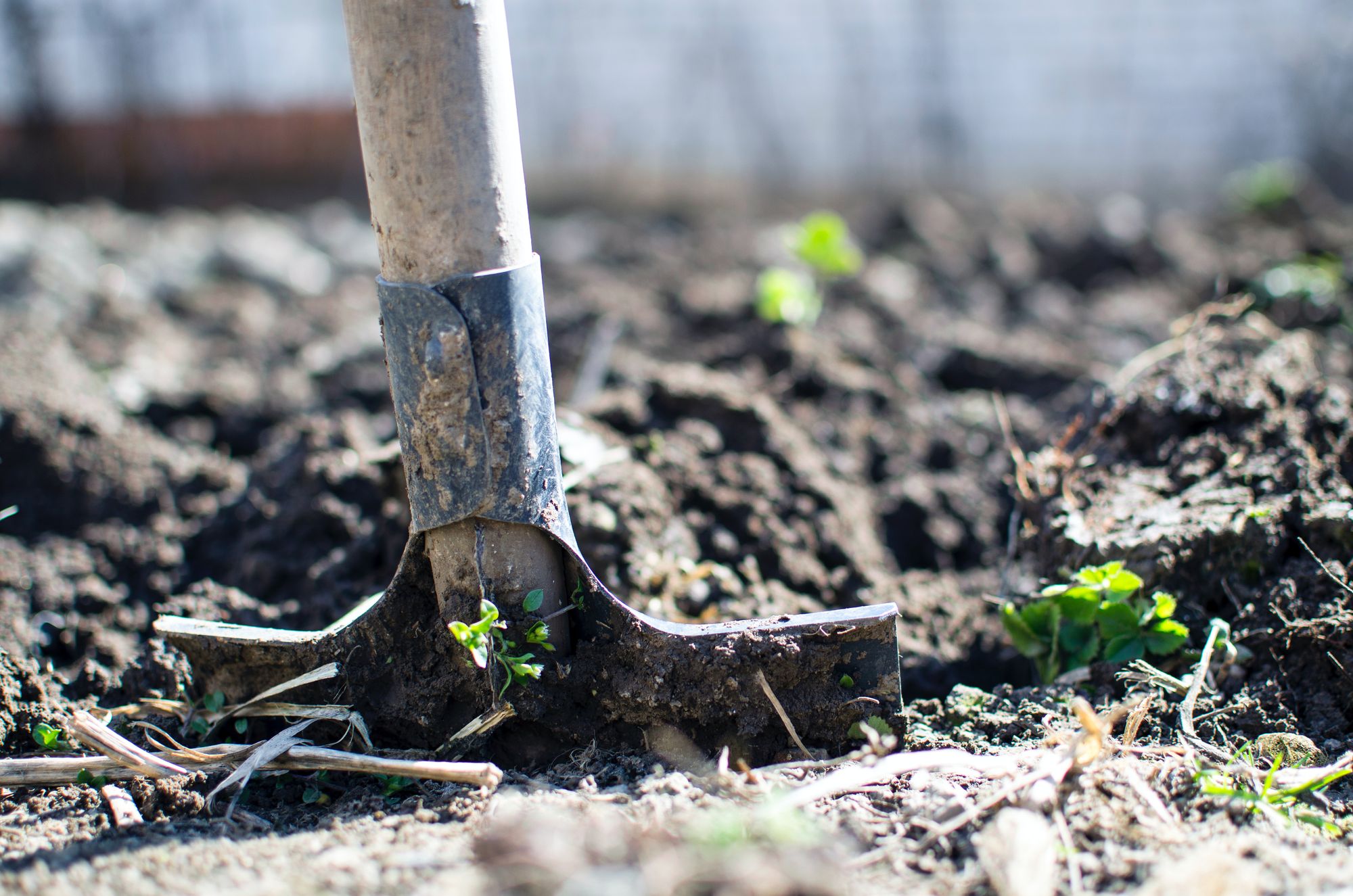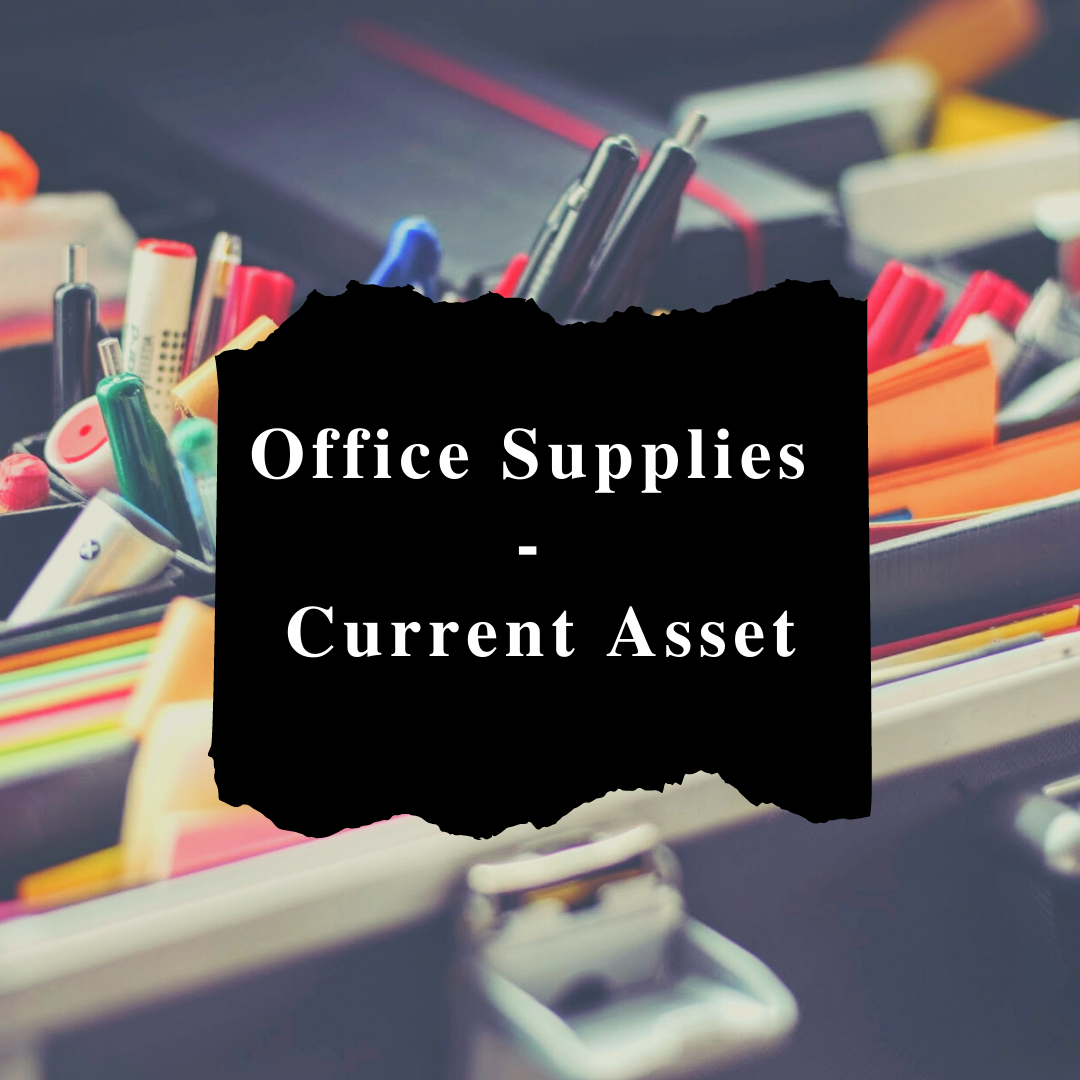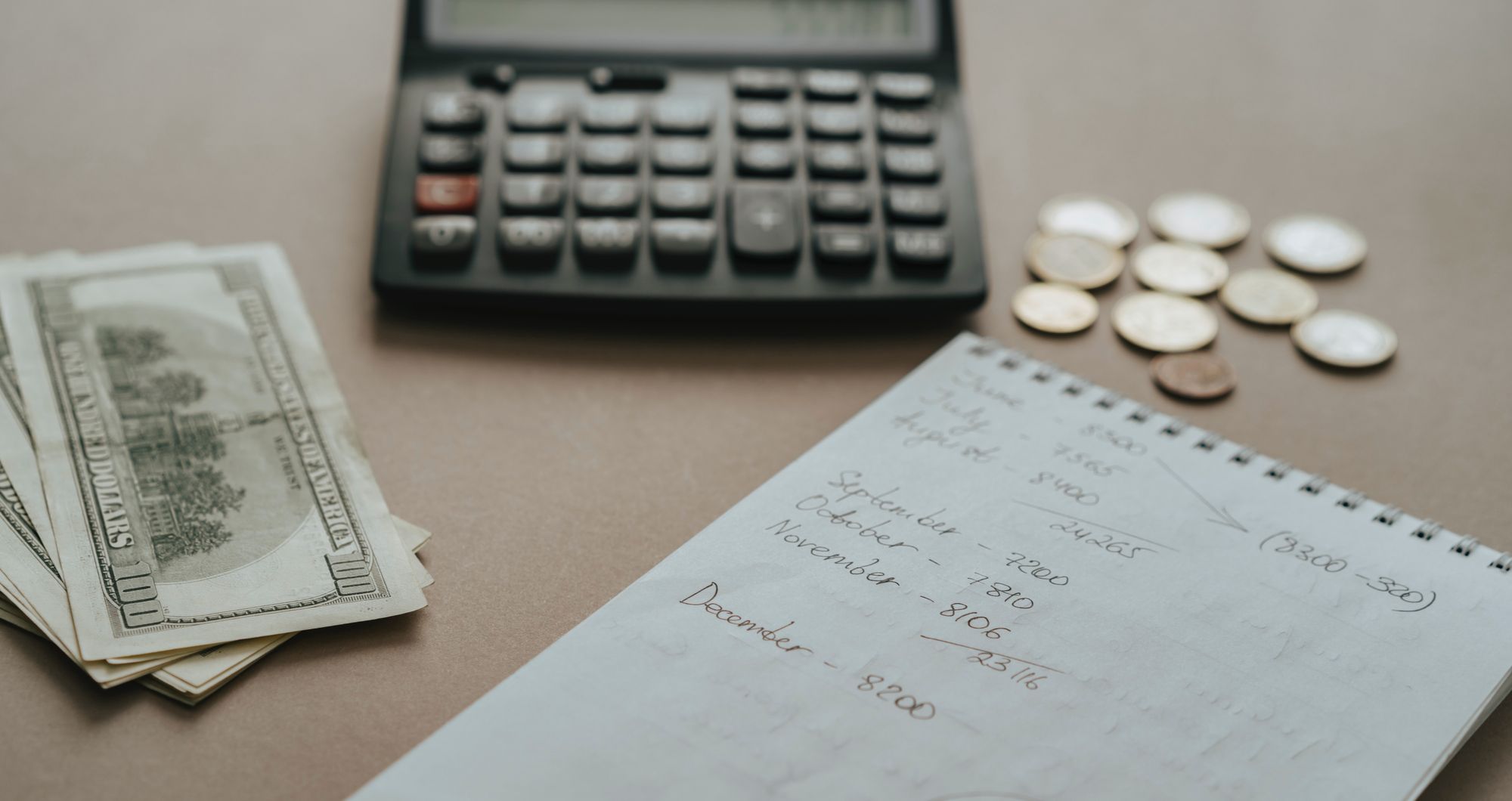Is land a current asset?
The short answer is no.
Land is not a current asset but a fixed asset (sometimes termed a long-term asset). A current asset is one that is most liquid for the business and is expected to be converted into cash within a year. Since land is an asset that is a long-term investment, which provides value for more than a year and is generally not liquidated within a year of its purchase, it should be categorized as a fixed asset on a business’s balance sheet.
Modern tools like ERP.AI help businesses classify and track assets accurately, ensuring proper financial reporting and compliance across current and fixed asset categories.

But the answer is not a hard no. There are some instances when land can be classified as a current asset. To understand when that happens and why there is this ambiguity, you need to clearly understand the types of assets, and that is what we will help you with through this article.
Why is Asset Classification Important?
Why is it important to classify assets like land into current assets and fixed assets?
Asset classification for assets like land into current assets and fixed assets is important to a business for multiple reasons. One reason is understanding which assets can be quickly liquidated (current assets) in case funds are immediately needed for day-to-day operations.
The classification of assets like land into current assets and fixed assets helps the company evaluate its net working capital. This is extremely important for company's operating in high-risk industries. Evaluating which assets are current and fixed helps assess the company's solvency and risk.
Before we explain whether land can ever be a current asset, and the right way to list it on your balance sheet, it is important to understand a few important concepts when it comes to assets and balance sheets.
Types Of Assets
When assets are classified based on their convertibility into cash (which land generally is), they are categorized into three types:
- Current Assets
- Fixed Assets
- Floating Assets
Deciding between these three options can get confusing when categorizing assets like land on a balance sheet, and getting a good understanding of the three (especially current assets and fixed assets) will help you clearly divide your assets, including land.
Everything You Need to Know About Current Assets
What Are Current Assets?
Current assets are any assets that can be liquidated or converted into cash easily and within a year. Current assets are also sometimes called liquid assets. The term 'current' comes from the fact that these assets are currently, or easily available for liquidation into cash.
Examples of Current Assets
Here are some examples of current assets:
- Cash - Liquidated funds available to a company
- Cash equivalents - Liquid securities like treasury bills that are not in the form of liquidated cash but can be quickly converted to cash
- Short-term investments deposits - Short-term investments are similar to cash equivalents - securities that can be quickly converted to liquid cash. For example, public stocks and bonds
- Prepaid expenses - Any advance payments made by the company for a future service or product, for example, to insurance companies or contractors, is listed as a current asset
- Stock or Inventory - The raw materials or finished products that are stored by the company count as current assets
- Accounts receivable - Money owed to the company for a service or product is a current asset, as long as it is expected to be collected within a year
Importance of Current Assets
Current assets can be quickly converted into cash and, as such, can be used to fund day-to-day business activities. Current assets can be used to pay for daily operational expenses and other short-term financial commitments.
The value of current assets also gives insights into the company's liquidity position and cash flow. It is a value that is closely analyzed by creditors and investors to assess the company's value and the operational risks involved.
A company's managers or analysts will compare current assets to current liabilities to get an idea of the company's financial position, to determine if the company has enough funds to fulfill immediate obligations like bills and payroll.
Calculating Current Assets
A company's current assets are calculated by listing and adding all current assets on the balance sheet. It is generally denoted as:
Current Assets = C + CE + I + AR + MS + PE + OLA
Where,
C = Cash
CE = Cash Equivalents
I = Inventory
AR = Accounts Receivable
MS = Marketable Securities
PE = Prepaid Expenses
OLA = Other Liquid Assets
Financial Ratios Calculated Using Current Assets
Categorizing a company's assets as current assets can be difficult, especially when a large time period (less than a year) is considered. In such cases, the company can use certain ratios to measure its liquidity position.
- Current ratio - This ratio indicates the company's ability to pay both short-term and long-term commitments. It is measured by taking into account the total current assets relative to current liabilities
- Quick ratio - This ratio indicates the company's ability to meet its short-term commitments through its most liquid assets. It includes cash and cash equivalents marketable securities, and accounts receivable and is compared to the current liabilities
- Cash ratio - This ratio measures the company's ability to fund all short-term obligations immediately through cash and cash equivalents and is measured by dividing the cash and cash equivalents by current liabilities
Everything You Need to Know About Fixed Assets
What Are Fixed Assets?
Fixed assets are a company's long-term tangible assets that are used in day-to-day business operations. While being assets themselves, they are procured to help the company run and generate income through services and/or products. Fixed assets are assets that are not sold within a year of their acquisition (this is a general assumption that is made).
A piece of machinery, for example, is a fixed asset. It is procured to help the company manufacture products that are sold for revenue. While the machinery itself can be sold for cash, that is not its primary purpose, and it is procured with the intention of owing it for more than a year. This is why it is listed in the balance sheet under fixed assets.
Fixed assets are classified on the balance sheet as property, plant, and equipment (PP&E). Companies can account for the natural degradation and wear and tear of these assets and depreciate their value over time on the balance sheet.
For better classification, fixed assets are sometimes divided into:
- Tangible
- Intangible
- Wasting
Tangible assets are assets that are physical, those that can be seen and touched and have volume. Some examples of tangible assets are land, machinery, and building.
Intangible assets are assets that are not physical and cannot be seen or touched. Some examples of intangible assets are reputation, copyrights, patents, and goodwill.
Wasting assets are assets whose volume reduces on usage, for example, timber, oil, coal, and mineral deposits.
Examples of Fixed Assets
The following are examples of fixed assets:
- Company Vehicles
- Office furniture
- Equipment and machinery
- Buildings and property spaces
- Land
- Patents and copyright material
Importance of Fixed Assets
Fixed assets are important to any business. They help the business run day-to-day operations and generate revenue, but not just that, they also add to a company's financial reporting, business valuations, and financial analysis.
Fixed assets on the balance sheet
Fixed assets are capitalized on the balance sheet. To capitalize means to record the asset as an expense with the purpose of delaying full recognition. A company will record the cost of a fixed asset as an asset on the balance sheet instead of expensing it to the income sheet.
Because a fixed asset tends to depreciate in value over time and usage, and because it is procured with the intention of long-term use, the company can capitalize it on the balance sheet and gradually depreciate its value over time.
Fixed assets in income statements
Fixed assets, except land, depreciate in value over time. This is usually due to the wear and tear nature of the asset as it is being used. Fixed assets are depreciated in income statements and this reduces the company's net income.
For example, if a company purchases a machine for $20,000 with a useful life of 20 years and a $0 residual value, they can record depreciation of $100 on their income statement annually for 20 years.
Fixed assets in the statement of cash flow
The outflow of cash because of the purchase of fixed assets is recorded as “capital expenditures” and the inflow of cash because of the sale of fixed assets is recorded as “proceeds from the sale of property and equipment” in the cash flow statement.
For example, a company that purchases a machine for $20,000 will report capital expenditures of $20,000 on its cash flow statement.
Floating Assets
Companies sometimes find it hard to categorize an asset as a current asset or a fixed asset because of its nature.
Take long-term marketable security, for example. The company plans to liquify short-term security within a year and this is added as a current asset, but there may not be a definitive timeline for some assets like long-term marketable security. When a company cannot clearly decide between an asset being a current asset or a fixed asset, they can be categorized in between as floating assets.
So, Is Land A Current Asset?
Now that you have a complete understanding of both current and fixed assets, you will agree when we say that categorizing any asset, like land, into a current asset or a fixed asset depends on the company and the nature of the asset and its use.
For example, in this article, we listed vehicles as fixed assets. We specifically mentioned company vehicles for a reason.
For a company that runs a cab service, vehicles are a long-term investment, a purchase that is made for day-to-day operations, and one that will not be sold within a year of purchase. For this company, vehicles will be listed as fixed assets on their balance sheet. For a car manufacturing company, however, a vehicle will be a current asset, a product that is ready to be sold for cash, and will come under Stock or Inventory.
This example makes it clear that any asset has the potential to be a current asset or a fixed asset depending on the business and the nature of the asset, and this applies to land as well.
Before categorizing land as a current asset or a fixed asset on the balance sheet, analyze its use. A good question to ask is "have we purchased this land as a short-term investment, to sell it quickly (within a year) for cash, or is it a long-term investment, one that is going to be used for day-to-day operations and will not be sold for cash within a year".
The former will make the land a current asset and the latter will make the land a fixed asset.
A real estate company, for example, might buy land, upgrade it and then flip it for a profit. This would categorize land as a current asset on their balance sheet.
An IT company might buy land to open offices and use it as a place of employment. This would categorize land as a fixed asset on their balance sheet.
How AI Improves Asset Management
With real-time data analysis, AI can monitor the performance and condition of physical and digital assets, predicting failures before they occur. This reduces downtime and extends asset lifecycles through proactive maintenance scheduling.
AI also streamlines asset allocation by identifying underused resources and recommending optimal utilization strategies. With AI, organizations gain centralized visibility into all assets—enhancing accuracy, reducing waste, and supporting long-term financial planning and operational efficiency.
How can Deskera Help You?
Deskera Books is an online accounting, invoicing, and inventory management software that is designed to make your life easy. A one-stop solution, it caters to all your business needs from creating invoices, tracking expenses to viewing all your financial documents whenever you need them.
Through Deskera Books, your accounting would be handled by it, with all that you would need to do is update your invoices, your account receivables, and accounts payable, and the operating expenses incurred as well as operating income earned on the software. In fact, you can even delete or edit the existing debit notes and credit notes, as is applicable.
The platform works exceptionally well for small businesses that need to figure out a lot of things when they are setting out. This delightful software allows them to keep up with the client’s expectations by assisting them in overseeing a timely delivery.
With the well-thought and well-designed templates, you can now anticipate your work to become simpler. These templates can be used for transactions like invoices, quotations, orders, bills, and payment receipts.
If yours is a drop shipping business, you can easily track your orders and create new dropship orders for your suppliers based on the customer orders.
Deskera People is another platform that enables you to expedite and simplify the processes. Through its automated processes like hiring, payroll, leave, attendance, expenses, and more, you can now unburden yourself and focus on the major business activities. It also assists with driving growth for your business by integrated Accounting, CRM & HR Software.
The entire setting up process on Deskera Books is super easy, with you having to only sign-up using your email address or social authentication, and half of your work would be done. Once you have registered on Deskera Books, you would get pre-configured accounting rules, invoice templates, tax codes, and a chart of accounts, to mention a few vital features. Lastly, your accountants can be added to your Deskera Books account for free by just inviting them to use the system.
With so many features at your disposal, making your accounting, reporting, and compliance easier, what are you waiting for?
Key Takeaways
Here is a quick roundup of everything covered in this article:
- There are three types of assets: Current Assets, Fixed Assets, and Floating Assets
- Assets are categorized into these three types depending on their ability to be sold for cash
- An asset that is sold within a year of its purchase, and one that is readily available to be liquidated is a current asset
- All other assets fall under fixed assets
- Land is a type of fixed asset - it is purchased for day-to-day operations and is not sold within a year of its purchase
- Correctly classifying assets is important in creating an accurate balance sheet
- Although land can be either, a current asset or a fixed asset depending on its use, in a majority of the cases is it listed as a fixed asset. This is because the land is often purchased and held for more than a year, even by companies (like estate agencies) that buy land for the purpose of profit.
- Land is one of few tangible assets whose value appreciates over time, and this is why even companies that buy land for profit tend to hold on to it for more than a year, making it a fixed asset and not a current asset.
- If you have procured land for the business you're wondering whether to categorize it as a current asset or a fixed asset, decide if the land will be sold within a year of its purchase or not and if it will be used for day-to-day operations. Based on this, you will be able to decide if it is to be a current asset or a fixed asset on the balance sheet.
Related Articles













